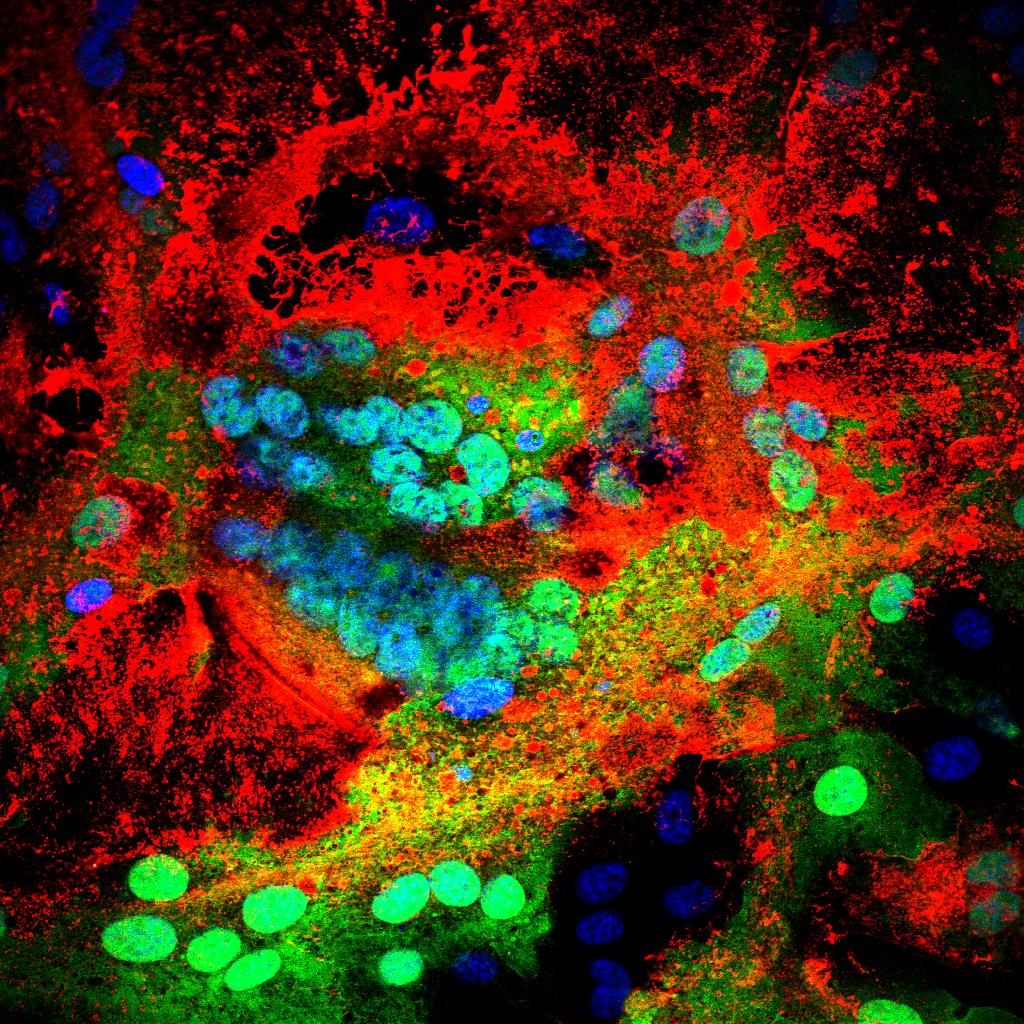Optimization and evaluation of a non-invasive tool for peste des petits ruminants surveillance and control
Peste des petits ruminants (PPR) is a highly contagious and devastating viral disease affecting mainly sheep and goats, but also a large number of wild species within the order Artiodactyla. A better understanding of PPR transmission dynamics in multi-host systems is necessary to efficiently control the disease, in particular where wildlife and livestock co-occur. Notably, the role of wildlife in PPR epidemiology is still not clearly understood. Non-invasive strategies to detect PPR infection without the need for animal handling could greatly facilitate research on PPR epidemiology and management of the disease in atypical hosts and in complex field situations. Here, we describe optimized methods for the direct detection of PPR virus genetic material and antigen in fecal samples. We use these methods to determine the detection window of PPR in fecal samples, and compare the sensitivity of these methods to standard invasive sampling and PPR diagnostic methods using field samples collected at a wildlife-livestock interface in Africa. Our results show that quantitative reverse transcription PCR (RT-QPCR) amplification of PPRV from fecal swabs has good sensitivity in comparison to ocular swabs. Animals infected by PPRV could be identified relatively early on and during the whole course of infection based on fecal samples using RT-QPCR. Partial gene sequences could also be retrieved in some cases, from both fecal and ocular samples, providing important information about virus origin and relatedness to other PPRV strains. Non-invasive strategies for PPRV surveillance could provide important data to fill major gaps in our knowledge of the multi-host PPR epidemiology.
